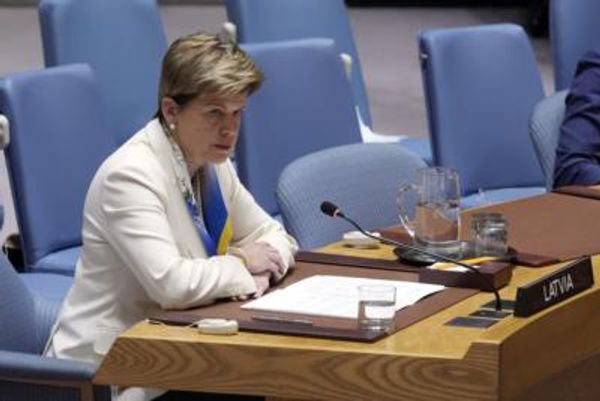
Authorities in Tasmania are investigating the second report of damage to ancient Aboriginal rock carvings in as many weeks.
The state's Department of Natural Resources and Environment on Thursday determined damage to a petroglyph site at Sundown Point on the west coast was due to natural causes.
Investigations by a geophysicist, archaeologist and Aboriginal heritage adviser found the rock had broken along a natural fracture line as a result of weathering and storm activity.
"There is no evidence of cutting, chipping, hammering or other human activity where the missing rock has been dislodged," the department said in a statement.
"Searches of the surrounding area failed to locate the missing piece or pieces however it is likely that they may be covered by sand as a result of tidal action."
The department revealed it has commenced a second investigation into reports of petroglyph damage near Trial Harbour, further south on the west coast.
A preliminary inspection of the site has confirmed the report and members of the Aboriginal community have been informed.
The two petroglyph sites are among those protected under the Aboriginal Heritage Act 1975.
People can be fined up to $865,000 for destroying, damaging, defacing, concealing, removing or interfering with Aboriginal cultural material.
"The department takes the protection of Tasmania's Aboriginal heritage extremely seriously," acting secretary Jason Jacobi said.
"(We) will use the full force of the penalties under the Aboriginal Heritage Act 1975 if the investigation finds that an offence has been committed."
Aboriginal Land Council of Tasmania chair Michael Mansell has described carvings on the west coast as the most precious in the state.
Petroglyphs at Sundown Point, in the Arthur-Pieman Conservation Area, were in 1999 spray- painted by vandals.
The year before, a section of rock carvings was cut off and taken. It has never been recovered.
The Tasmanian Museum and Art Gallery is planning to return 14,000-year-old petroglyphs to their original location at Preminghana this year.
The carvings were removed in the 1960s to be displayed at the museum.







